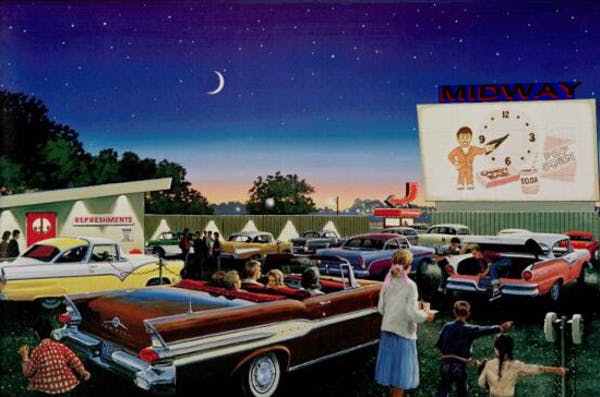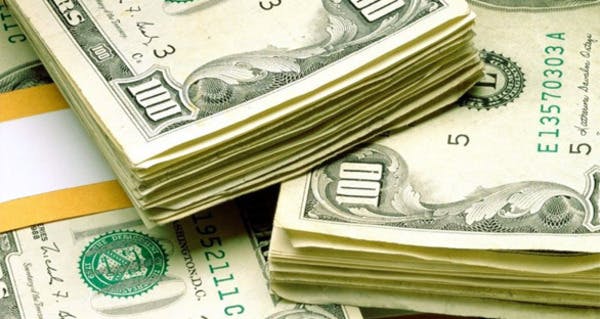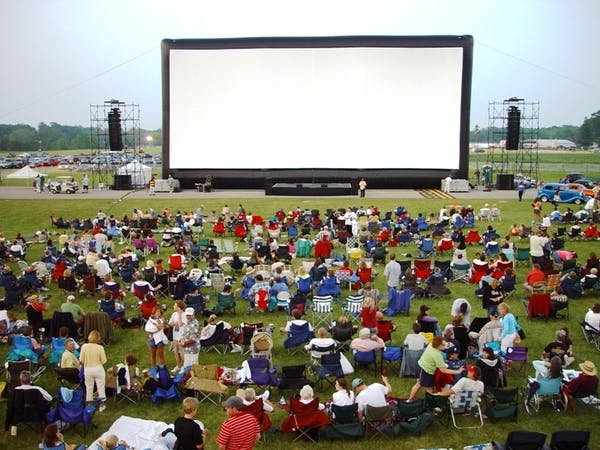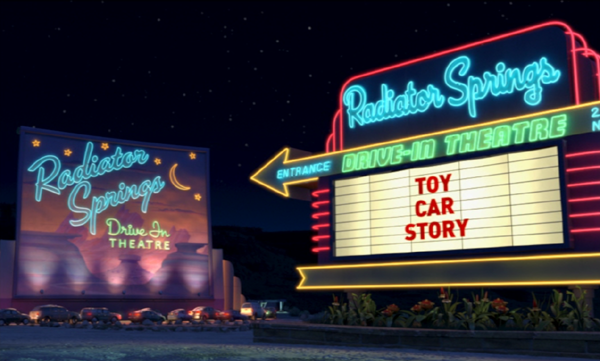Drive-in Movie Theaters State of the Industry
What Has Happened to The Drive-in Movie Theater Industry Over The Last Years?

For many people, drive-in movie theaters bring up memories of catching a good movie on a hot summer night with friends and family, playing around in the car backseat with a sweetheart or watching dancing hot dogs animations singing on the big screen.
Even though being it was hit by a serious business downturn in the 1970s and 1980s and big new cinemas that now are around everywhere, drive-in movie theaters still live on. However their numbers are seriously threatened as the movie studios are naturally increasingly forcing drive-in movie theater owners to switch to expensive digital equipment in order to present the new movies.
The pressure under the old technology coming form the movie studios are due the fact that they will save around a billion dollars a year by no longer producing movies both in film and digital hard drives. They are simply abandoning film because it is a matter of saving a lot of money. The majority of the indoor movie theaters made the transition to digital several years ago, however many of the drive-in movie theaters are still left behind regarding obtaining this new technology.
Some drive-in movie theater owners will accept the wave of the new movies technology and will buy the necessary new projectors (costing on average $70,000). However, some owners have already decided to not invest anymore on their drive-in movie theaters. Unfortunately, for these owners once the supply of films stops completely (which will happen soon), their movie theaters will simply not have anymore new movies to show and therefore they will go out of business.
It Takes Some Good Money For Going Digital

The $70,000 projectors mentioned before are only the starting cost of going digital. The investment of adopting the new movie theater technology increases depending on other necessary environment improvements that must be in place in order to accommodate properly the technology, like a potent air conditioning system to maintain the projector under the right temperature for long hours.
Overall the drive-in movie theaters end up paying over three times more for their digital system when compared to indoor movie theaters, since the giant screens require way larger projectors and better air conditioning systems.
The Movie is Only One Part of The Fun When it Comes to Drive-ins

Some people consider the “drive-in movie theater” an expression of another age. They think it is a throwback like eight-tracks tapes, cassettes and reel-to-reel tape recorders. But they are missing the point of the full experience offered by a good drive-in.
Drive-ins are not just some cheap places where you go to watch movies (it is true though that they are cheaper than the indoor movie theaters, commonly you will pay only $5). When you go to a drive-in movie theater a few hours before the movie starts, the place will become a cool small community. People will meet and start to chat, play with their pets, grill some hamburgers, drink beer, smoke cigarettes, you get the picture. It is actually a pretty cool scenario to make part of, it is a whole different experience than going to an indoor movie theater.You can just relax and be yourself. You do not need to dress up. You do not need to get a baby sitter. Kids can be on their pajamas and treat it like a fun adventure.You can really have a lot of fun even if you sleep during the whole movie.
For many customers of drive-in movie theaters, watching the movies ends up being almost like a secondary activity. The whole outdoor experience is a competitive advantage which could be more advertised to bring more customers to drive-ins.
Surprising Innovations on Drive-ins

People who think drive-in movie theaters are some relics from the 1950s are going to be quite surprised if you tell them that new ones have been built and some got reopened recently.
Something that might really get people surprised, especially those who have not attended in a long time on a good drive-in is the recent quality of the food on their snack bars. Most drive-ins now produce their hot dogs and burgers fresh on the spot. Some of them make pizza from the scratch, and others even have some cool exotic items (like asparagus stir fry) on their menus.
However, unfortunately there is really no question that drive-ins are slowly diminishing in number. Nationally speaking on the United States the movie theater industry peaked in the 1950s, with about 4000 locations. The number dropped to about 3000 locations in 1975, then about 900 in 1990 and today there are only about 300 drive-ins. Many drive-ins ended up being sold for the value of their land. It is difficult to refuse a million-dollar offer for your drive-in business when you are struggling to pay for the popcorn.
Movie studios are very unlikely back up on their decision of stop producing films for the old projectors. They can save about a billion dollars a year going 100% digital. They can avoid to spend around $1000 for each movie print since a digital copy costs only around $100, including the shipping fees.
The future of drive-in movie theaters is unclear as their screens on a foggy night. The drive-ins owners need to decide between investing in a digital system or risking going out of business in a near future. One thing that can save many drive-ins is the fact that they are owned by families, so it is possible that the younger owners will take over the industry and apply the innovations that can bring back an improved version of the old times of the good drive-ins.
The drive-ins are a unique part of America, hopefully they will never die and will keep being a source of happiness to many families.
Check out also this short (2 minutes) video by Wheeler W. Dixon if you have some time.